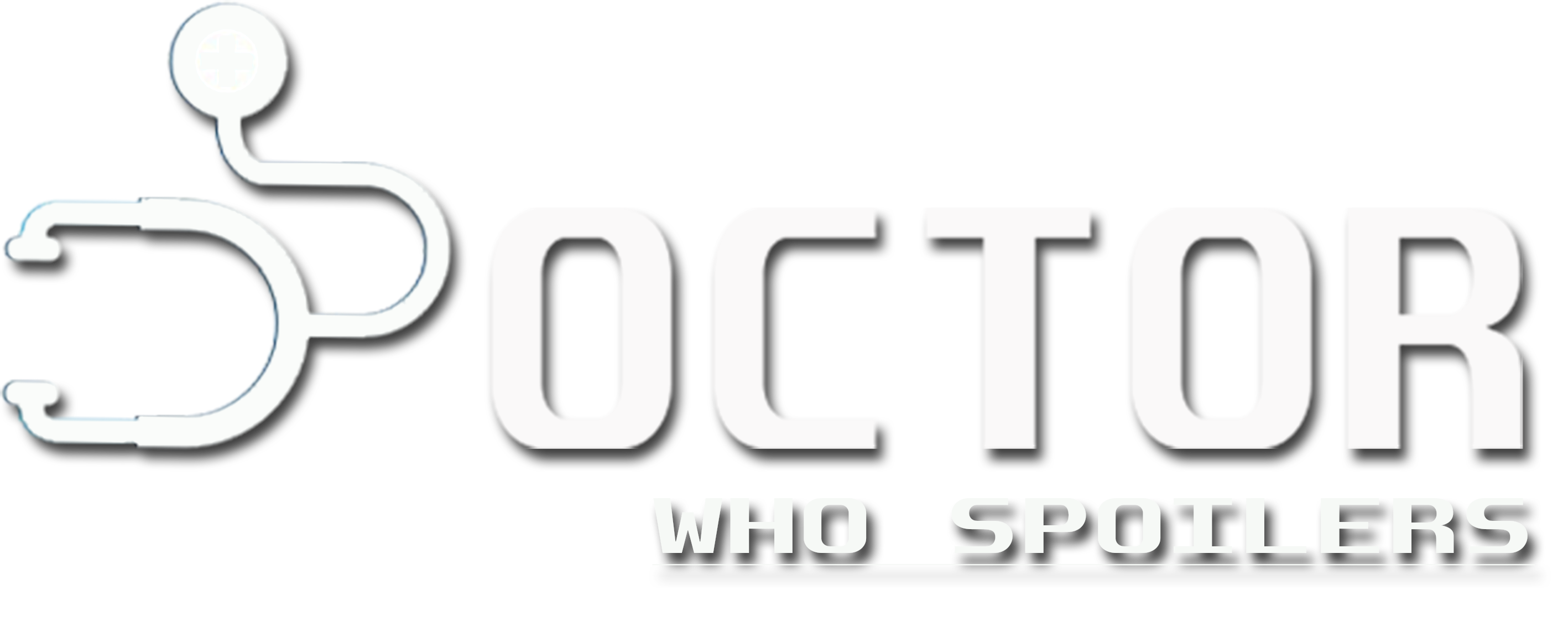
5 Subtle Signs You Might Need New Glasses
Seeing Change Before It Becomes a Problem
Most people associate an eye exam with blurry vision or headaches, but the signs that a new prescription is needed are often far more subtle. Vision doesn’t always change dramatically overnight, it shifts gradually, making it easy to adapt without realizing something is off. Over time, these small changes can lead to strain, fatigue, and even dizziness, all of which can affect daily comfort and performance. Understanding the quieter cues your eyes give can help prevent unnecessary discomfort and keep vision sharp. Recognizing these early indicators is the first step toward maintaining clear, effortless sight.
1. Frequent Headaches
Headaches are one of the most common and overlooked signs that it might be time for an updated prescription. When the eyes work harder than they should to focus, the surrounding muscles strain, leading to tension that radiates across the forehead or temples. This type of pain often appears after long periods of reading, driving, or screen time. An eye exam can quickly identify whether outdated lenses or uncorrected refractive errors are the cause. Once the correct prescription is restored, headaches tend to fade, replaced by more comfortable and natural vision.
If headaches persist even after updating glasses, it’s worth considering other factors such as improper lens alignment or posture when working on a computer. In many cases, a simple adjustment to frame fit or lens type, like switching to anti-fatigue or computer lenses, can make a significant difference. The key is recognizing that frequent headaches are not normal; they’re the body’s way of signalling strain. Regularly scheduled exams help ensure that glasses continue to provide optimal comfort and precision.
2. Eye Fatigue and Strain
Eye strain is a sign that the visual system is overworked. Symptoms include burning, dryness, twitching, or a heavy feeling in the eyes after long hours of close work. These discomforts may seem minor at first but can become persistent if left unchecked. A comprehensive eye exam helps determine whether the strain is due to an incorrect prescription, muscle imbalance, or external factors like lighting or screen glare. Proper correction not only relieves these symptoms but also prevents long-term fatigue that can impact productivity and well-being.
Even with the right glasses, habits like prolonged screen time can contribute to ongoing discomfort. Adjusting screen brightness, maintaining an appropriate viewing distance, and practising the 20-20-20 rule, taking a 20-second break every 20 minutes to look at something 20 feet away, can reduce strain. An eye exam ensures that corrective lenses match both visual and lifestyle needs, whether for office work, reading, or distance tasks. Proactive care means less effort, more focus, and eyes that feel refreshed rather than tired at the end of the day.
3. Difficulty Adjusting Between Distances
If objects take longer to come into focus when shifting between near and far, it could be a sign of changing visual acuity. This adjustment delay often occurs when a prescription is outdated or when the eyes’ focusing muscles are fatigued. People experiencing this issue might find themselves squinting when switching between screens and surroundings or needing a moment to “refocus” after reading. A thorough eye exam can pinpoint whether the cause is refractive change, early presbyopia, or another focusing difficulty. Updating lenses often restores smooth transitions and eliminates the frustrating blur between distances.
This challenge is particularly noticeable when driving, reading signs clearly at a distance one moment, then struggling to focus on the dashboard the next. It’s not just inconvenient; it can also be unsafe. Progressive or multifocal lenses, prescribed by an eye exam, can help create seamless vision at all distances, reducing the need to switch glasses or strain the eyes. By addressing these issues early, individuals can maintain effortless clarity in both daily and high-focus activities.
4. Light Sensitivity and Glare
Another subtle sign that it might be time for new glasses is increased sensitivity to light or glare. If sunlight, headlights, or bright screens suddenly feel harsher than before, the lenses may no longer provide adequate protection. This sensitivity can stem from scratched coatings, outdated lens materials, or changes in the eye’s natural defences. During an eye exam, the optometrist assesses how the eyes respond to light and may recommend anti-reflective or photochromic lenses to reduce discomfort. Proper coatings can make a remarkable difference in how comfortably the eyes handle varying light conditions.
Excessive glare can also signal developing eye conditions such as cataracts, which scatter light and make night driving difficult. An eye exam can distinguish between issues caused by lenses and those related to the eyes themselves. Whether it’s replacing worn-out coatings or updating to a new prescription, small adjustments can transform visual comfort. The right lens technology helps filter harsh light, protect from UV rays, and restore natural contrast, making vision more relaxed and balanced throughout the day.
5. Visual Distortion or Double Vision
Seeing shadows, halos, or slightly doubled images can be unsettling and often signals that a prescription is no longer accurate. These distortions may occur when the eyes work unevenly, forcing one eye to overcompensate for the other. The result is visual confusion that affects depth perception, balance, and coordination. A detailed eye exam can reveal whether the issue is caused by lens misalignment, muscle strain, or a change in refractive error. Correcting these discrepancies ensures both eyes work together efficiently, restoring sharpness and depth.
Even subtle misalignment can cause dizziness, motion sickness, or difficulty concentrating on tasks that require precise focus, such as reading or driving. Customized lenses, prism corrections, or small adjustments to frame positioning often resolve these problems completely. Regular exams help ensure prescriptions evolve alongside the eyes’ natural changes, preventing distortion before it becomes disruptive. Clear, stable vision depends on balance—and an eye exam keeps both eyes working in perfect harmony.
Why Regular Updates Matter
Prescriptions are not permanent. Over time, the eyes gradually adapt to small shifts in their ability to focus, meaning glasses that once felt perfect can become slightly off. This doesn’t always result in obvious blur—it can appear as subtle fatigue, discomfort, or difficulty concentrating. Routine eye exams ensure prescriptions stay accurate, lens coatings remain effective, and any emerging eye conditions are identified early. Even small updates can have a big impact on comfort, clarity, and performance.
Waiting too long between exams can also shorten the lifespan of glasses. Coatings wear down, frames shift, and lens materials deteriorate. These physical changes affect how well glasses perform even if the prescription itself remains correct. By scheduling regular checkups, individuals maintain optimal vision and prevent unnecessary strain. Small preventive steps go a long way in protecting both comfort and long-term eye health.
The Overlooked Role of Lens Quality
Not all lenses are created equal. Advanced materials and coatings can make a dramatic difference in how well glasses perform in daily life. For instance, lenses with anti-scratch protection, UV filters, and anti-glare coatings extend durability and improve clarity. Over time, even the best lenses accumulate wear that subtly degrades performance. During an eye exam, optometrists evaluate not only prescription accuracy but also lens quality, ensuring every component of vision correction is working at its best.
Replacing outdated lenses is also an opportunity to upgrade to better technology. Blue-light-blocking lenses, photochromic transitions, and lightweight materials enhance comfort and adapt to modern lifestyles. These options reduce strain from digital screens and harsh lighting while improving overall visual precision. Pairing the right prescription with quality materials ensures the eyes are protected, comfortable, and efficient throughout the day.
Don’t Wait for the Blur
Vision rarely changes all at once, it evolves quietly. Paying attention to subtle signs and scheduling regular eye exams helps catch these shifts before they cause strain or discomfort. From headaches to glare, each symptom is the body’s way of signalling a need for balance. Updating lenses, maintaining proper coatings, and investing in quality glasses all contribute to lasting clarity. Clear, effortless vision begins with awareness—and a timely visit to the eye care professional who helps keep the world in focus.





